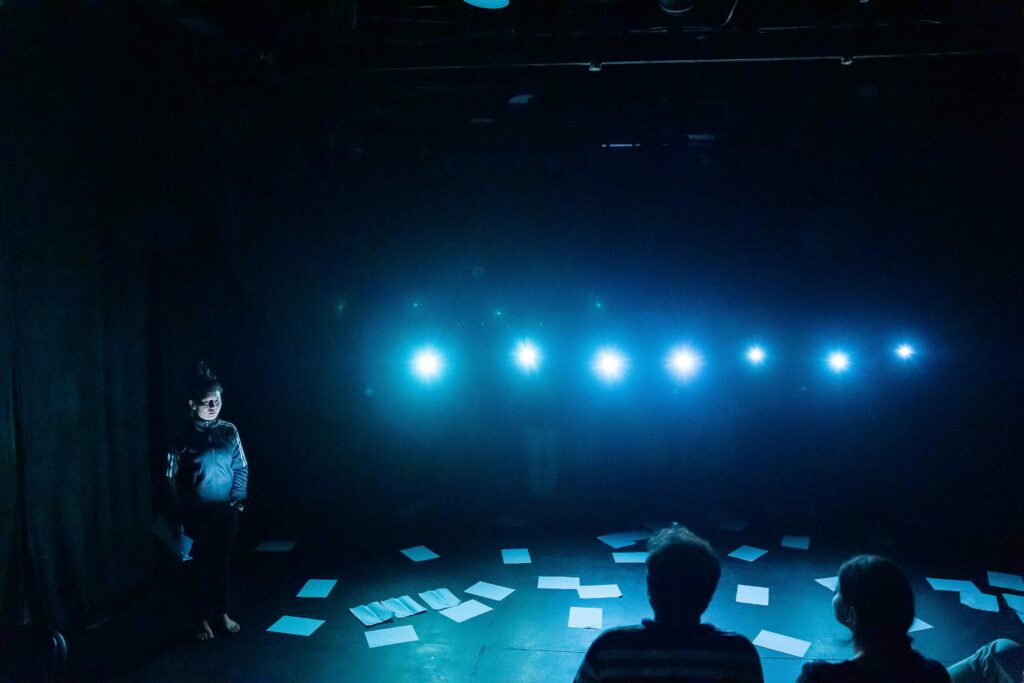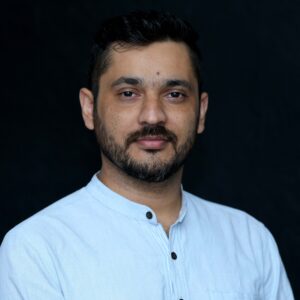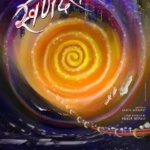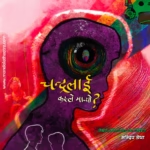Nepal went through social and political transformations in the wake of the 2006 People’s Movement to restore democracy. The bloodless conclusion of the 10-year Maoist insurgency and the ensuing peace process, the secularisation of the Nepali polity, the abolition of the 240- year monarchy, and the adoption of federal republicanism occurred in quick succession. In just a few years, these changes brought the Nepali people a new awakening about their society and their very being. But quite often, they were left scrambling for ways to understand these changes.
This is where Nepali theatre came in. Nepali theatre has actively interpreted the changed socio-political realities to its audience in these intervening years. The strengthening of participatory democracy has coincided with the democratisation of the theatre space itself. With individuals from various backgrounds clambering for space in socio political affairs, old notions of caste, class, gender, religion and language, among other aspects of identity, have been reinterpreted vigorously. It is in theatre that the marginalised found their agency.
The past decade and a half has been a time of great transformation in the lives of theatres and theatre artistes. There was a great clamour in 2011 when curtains fell on Gurukul Theatre, which had popularised theatre in the 2000s. Contrarily, several other theatre groups emerged and helped increase the size of the audience. Theatre artists have transformed into stars as they ventured into cinema for greater audiences and better pay. Today, the line between theatre and cinema has blurred, with the artists, directors, actors, and technicians straddling the two sides effortlessly.
This book is a reflection on the second edition of the Nepal International Theatre Festival (NITFest) 2022, consisting of analyses, criticisms, essays, reviews, and interviews. It also brings together theatre critics, practitioners and intellectuals to reflect contemporary Nepali theatre.

The authors in this volume capture the essence of these transformations. Abhi Subedi and Shiva Rijal place Nepali theatre at a crossroads of history and consider its future directions; Sagar Prasai, Dhruva Satya Pariyar, Hira Bijuli Nepali and Ramesh Ranjan Jha highlight the churning in Nepali theatre as it negotiates the complexities of social transformation; Suraj Subedi and Prasun Sangraula examine the audience’s and media’s responses to Nepali theatre; Shabana Azmi underlines the transformative possibilities of theatre and the role of artists, intellectuals, and corporations in sustaining them; Kavita Srinivasan proposes creating an open box theatre that aligns with the cultural and natural diversities of a country like Nepal; Anup Baral explains why Nepali theatre’s aesthetics, forms and tools sound stale; Chetan Angthupo and Kabita Nepal ruminate on the trials and tribulations of doing theatre outside the Kathmandu valley; Reena Moktan profiles a veteran woman theatre artiste who has made it big on the silver screen; and Saumya Liyanage and Michael Thonhauser reflect on their experiences of working with Nepali theatre.
Among the participating actors/directors of the festival, Evan Hastings focuses on the importance of a humanitarian and participatory approach when dealing with complex and taboo subjects; Rajesh Singh explores the significance of space in storytelling, prompting reflections on the increasing global violence and its hidden agendas; Andrés Fagiolino & Betina Dominguez shed light on the importance of using humour while dealing with serious issues like global warming and water crisis; and finally, Som Nath Khanal provides an overview of the second edition of NITFest, organised by Mandala Theatre Nepal in November-December 2022.
Even as they explain the ruptures and transformations in Nepali society, the pieces in this volume are expected to open new avenues for a critical inquiry into contemporary Nepali theatre. Whether they succeed is for you, readers and audiences, to decide.







